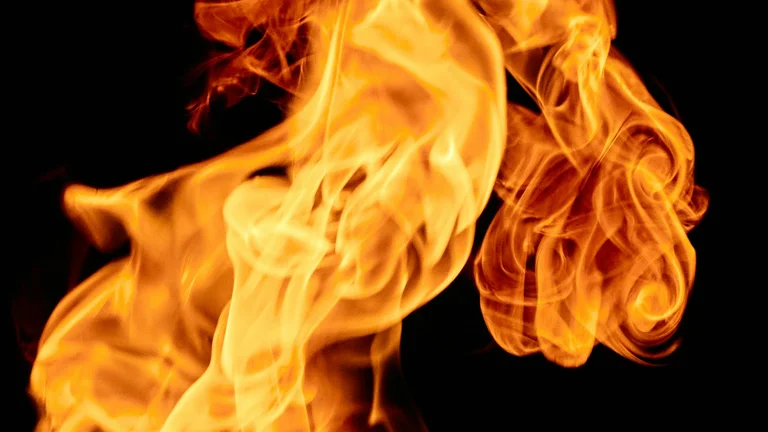War as a Catalyst for Madness

In Apocalypse Now, the backdrop is Vietnam, a setting where war is not just external but profoundly shapes the inner states of its characters. The conflict serves as a mirror reflecting the fragility of human sanity. Each soldier encounters a realm where reality morphs, creating a disorienting sense of madness that grips them tightly. Captain Willard's journey up the river symbolizes this descent, a journey not just through physical terrain but through the labyrinth of the mind.
The Characterization of Kurtz
Kurtz represents the apex of this madness. He is both a revered leader and a broken man. His methods are unorthodox, reflecting a mind twisted by the horrors he has witnessed. The tales of his supposed enlightenment become haunting echoes of his tragic decline. Kurtz’s existence challenges the moral fabric of war; he embodies the notion that absolute power corrupts absolutely. His descent into madness serves as a stark warning against the dangers of losing oneself in the chaos of combat.
Symbolism Amidst Chaos
The film masterfully uses symbolism to navigate through its heavy themes. The journey upriver can be perceived as an allegory for confronting one's demons. The darkness of the jungle reflects the moral wilderness that soldiers traverse. Willard’s encounters, from the surreal to the absurd, further illustrate the thin line between sanity and insanity in wartime. The infamous scene with the helicopter assault and Wagner's Ride of the Valkyries underscores this brutality juxtaposed with beauty, revealing a twisted sense of euphoria.
The Impact of Trauma on Soldiers
Trauma threads through the narrative, depicting the psychological scars left on individuals. Soldiers, once filled with idealism, find themselves grappling with despair and disillusionment. The film portrays how war alters perceptions and disrupts reality. As soldiers face gruesome acts and ethical dilemmas, they confront a world devoid of traditional moral structures. This loss of morality leads to a deterioration of mental health, a theme that resonates with countless affected by war.
Philosophical Underpinnings of Madness
The film is not merely a depiction of war but a deep philosophical exploration of the human condition. Madness in Apocalypse Now stems from an existential crisis faced by the soldiers. Is there any meaning amid the chaos? The existential plight is echoed in Kurtz's chilling assertion, “The horror, the horror.” This encapsulates the futility often felt in the face of overwhelming darkness. The narrative compels viewers to ponder their own understandings of sanity, morality, and existence against the backdrop of such relentless turmoil.
FAQ
What is the main theme of Apocalypse Now?
The main theme of Apocalypse Now is the exploration of war's impact on the human psyche, highlighting the descent into madness amidst the chaos of conflict.
Who is Kurtz in Apocalypse Now?
Kurtz is a key character in Apocalypse Now, representing the embodiment of moral decay and madness that can result from absolute power in a wartime environment.
How does the film depict the effects of trauma?
The film vividly portrays the effects of trauma on soldiers, illustrating their struggles with disillusionment and mental health challenges as a result of their combat experiences.
What role does symbolism play in the film?
Symbolism in Apocalypse Now serves to enhance the narrative, reflecting deeper themes of madness and the psychological complexities of war through various visual and auditory motifs.
What philosophical questions does Apocalypse Now raise?
Apocalypse Now raises profound philosophical questions about the meaning of sanity, morality, and existence in the face of overwhelming horror and chaos during war.
Apocalypse Now explores the interplay of war and madness, depicting the psychological breakdown of soldiers amid chaos. Through the character of Kurtz and rich symbolism, the film delves into moral ambiguity and existential crises spawned by the horrors of combat.
Conclusão sobre War and madness in Apocalypse Now.